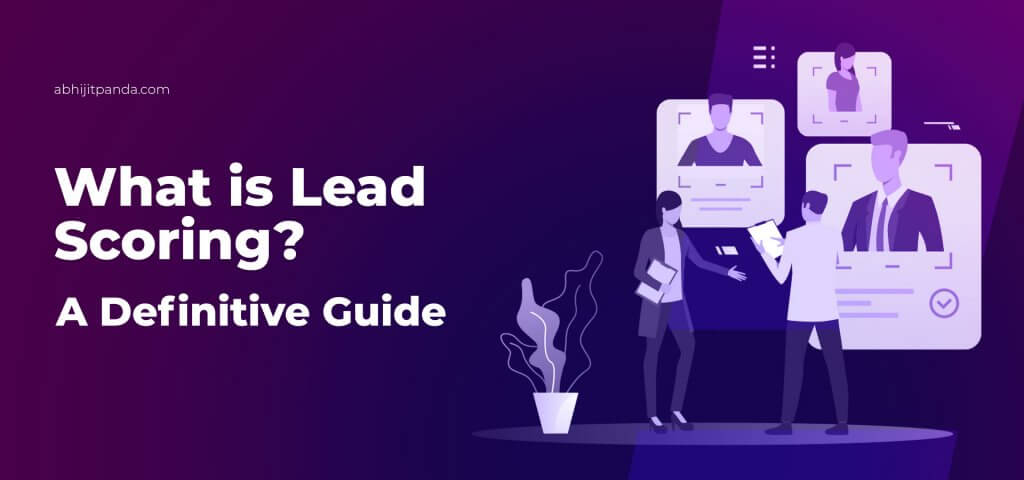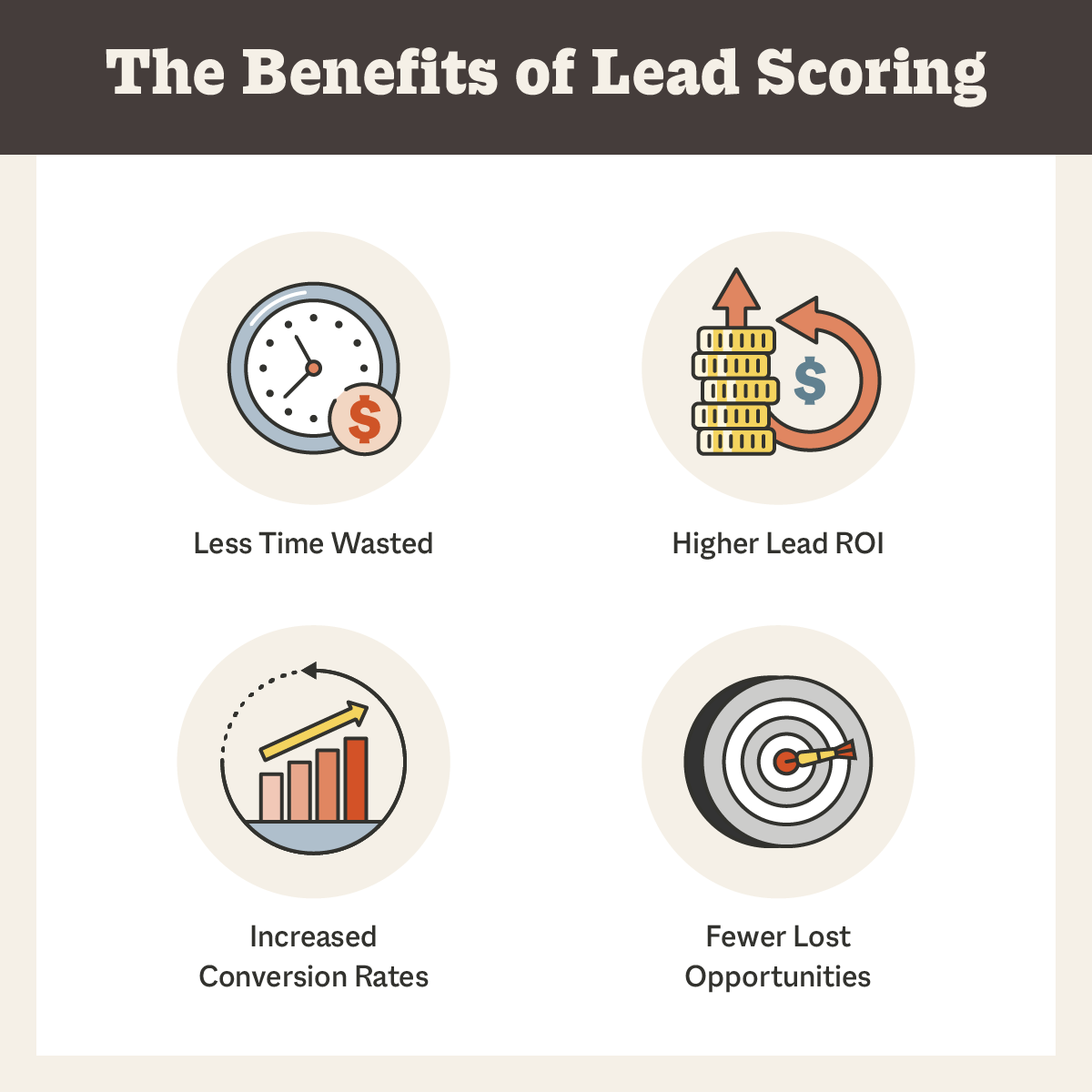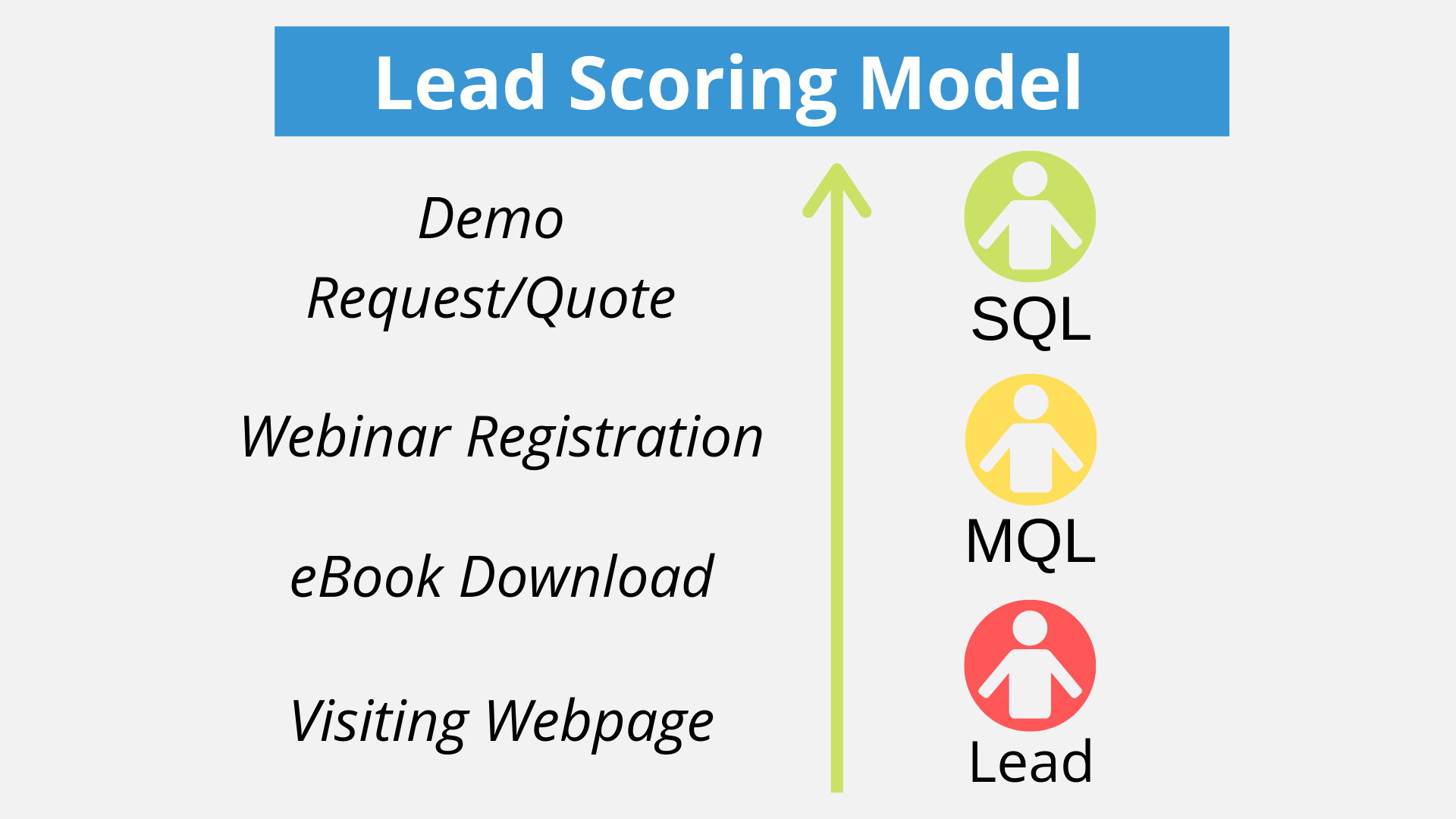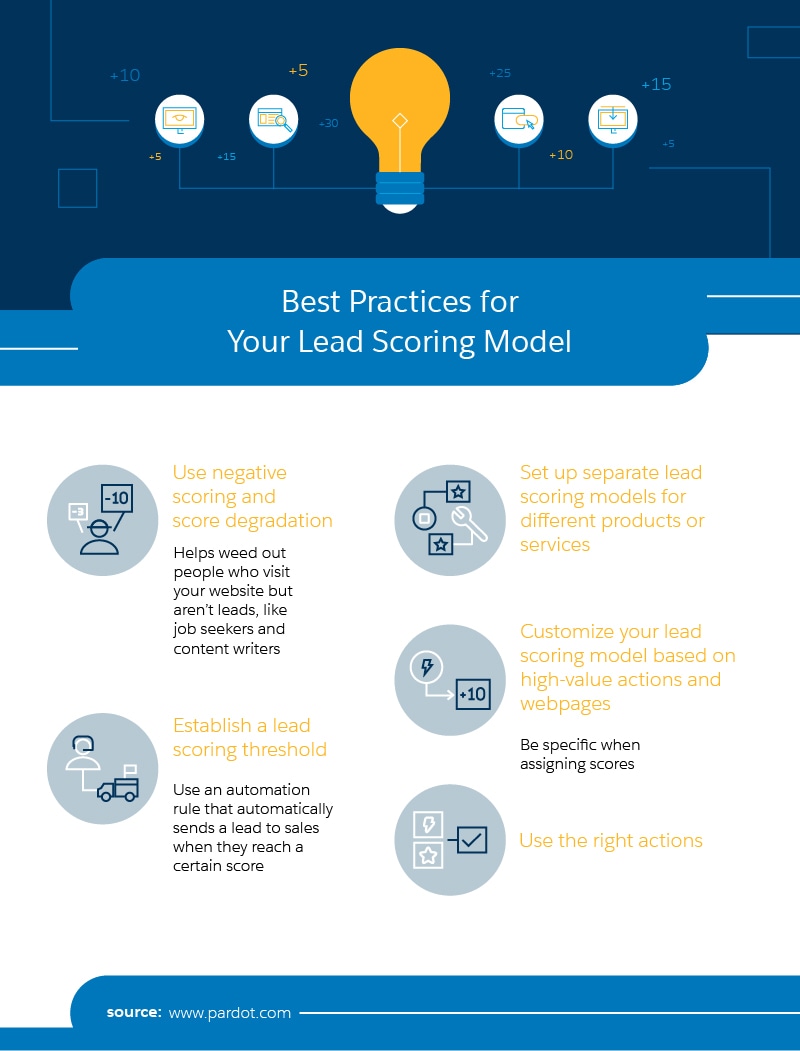
What kind of leads does sales really want? What marketing can do is ◯◯So
, for salespeople who are directly pursuing their goals, the leads they really want are “leads that are likely to lead to orders,” and in sales activities, “easiness of making appointments is particularly important.” He also introduced “increasing the accuracy of the criteria for handing over leads” as one specific method.

This time, we will think about setting “criteria for passing leads” and lead scoring.
What is lead scoring?
Lead scoring refers to scoring acquired leads (prospective customers) based on how likely they are to lead to an order. Specifically, there are two main points of view.

① Demographics (customer attributes)
Demographics refers to demographic attributes, that is, data on a person’s socio-economic characteristics such as gender, age, region of residence, income, occupation, educational background, and family structure.
In BtoB marketing, the customers are corporate companies, so the company’s employee size, industry/services, region, and department and position of the person in charge are targeted.
By assigning high scores to the employee size, business type, and services of corporate companies that are likely to be targeted by your company, you can extract leads that are highly compatible with your company’s solutions.
In addition, it is possible to assign high scores to positions with decision-making authority, such as business managers and executives above the general manager level, and to prioritize based on the person in charge.

② Activity (customer activity history)

With the introduction of marketing automation tools, it is now possible to check not only whether sent emails have been opened, but also whether links within the email have been clicked or not, as well as visits to the company’s website and circulation status (viewing status of each lead’s pages within the site). Masu.
Based on these activity histories, we will score the current level of interest in your company’s solutions and the degree of consideration.
For example, “opening an email” gets 2 points, “clicking on a link in an email” gets 5 points, “visiting the company’s website” gets 3 points, and “viewing a specific page (price list page, product comparison page)” gets 10 points. The actions a lead takes will vary depending on the level of interest and consideration status, such as 10 points for “downloading materials” and 30 points for “inquiry,” so we evaluate leads based on these factors.

As a point of caution, it is necessary to take into consideration the level of interest and consideration status over time.

It is unlikely that the level of interest or consideration will remain the same even one month after the action took place.
While collecting information, you may discover new issues and lose interest in the product, or you may decide to compare and consider other companies’ solutions and implement it at another company.
Therefore, by setting in advance a setting that reduces the added score after a certain period of time has passed since a certain action, it is possible to take into account the effects of the passage of time.

Lead scoring is not foolproof

The advantage of lead scoring is that by quantifying “leads with a high probability of receiving an order,” you can segment leads that are considered to have a high probability of receiving an order and efficiently pass them on to sales.
However, it is important to note that this lead scoring does not guarantee a qualified lead.
There are often cases where orders were not won with a lead of 100 points, but orders were won with a lead of 50 points.

Using the scoring example from earlier, “opening an email” will give you +2 points, “clicking on a link in the email” will give you +5 points, “visiting your company’s website” will give you +3 points, and “clicking on a link in the email” will give you +3 points. Lead A who viewed the page (price listing page, product comparison page) 9 times [+90 points] but could not get an appointment [total 100 points].
On the other hand, Lead B received an appointment and received an order after “visiting the company’s website” [+3 points] and “inquiry” [+30 points] from a search engine [total 33 points].
Lead B has a low score of about 70 points, but he actually started considering it based on word of mouth from other companies in the same industry, and visited the company’s website directly from a search engine to inquire.
In this way, there are offline movements that cannot be seen through scoring, so scoring is logical and efficient, but it is important to be aware in advance that there are limits. .

summary
◆Lead scoring is performed from two perspectives: democratic (attributes) and activity (activity history).
◆In the activity (activity history), it is necessary to take into account the influence of the passage of time from a certain action.
◆Since there are offline movements that cannot be seen through scoring, it is important to be aware in advance that although scoring is logical and efficient, it has its limits.

